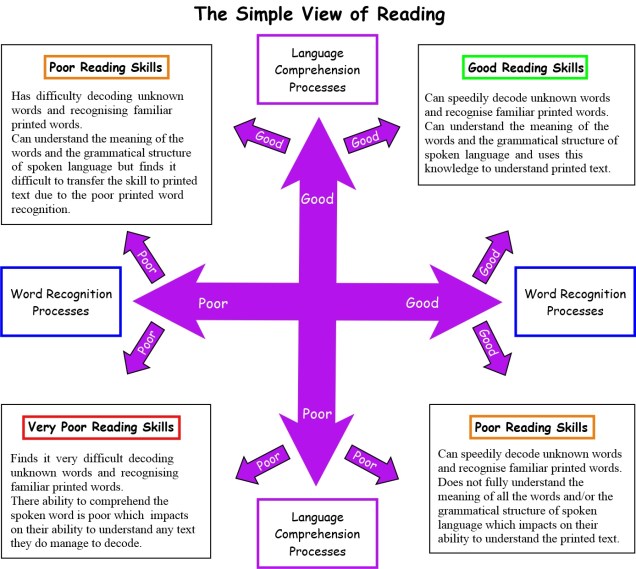
The English Language is created through the different combinations of 44 sounds (phonemes), 20 vowels and 24 consonants. Vowel sounds allow the air to flow freely, causing the chin to drop noticeably, whilst consonant sounds are produced by restricting the air flow.
Vowel sounds are usually (in the UK Education System) split into two main categories based on sound quality:
- ‘Short’ vowel sounds, due to the short duration of the sound being made. The sound cannot be held onto without becoming distorted
- ‘Long’ vowel sounds, due to the length of their pronunciation. These can often be held without distorting their sound.
Consonant sounds are made (produced) when the air flow is being restricted in some way, for example, changes in tongue position resulting in the mouth not opening as wide. This means that the jaw doesn’t drop noticeably, which is different to vowel sounds.
Because the English language is so rich and diverse it is very difficult to create a ‘phonics’ system that caters for all. Every region that speaks the English language has its own accent with variations in the way that a word is pronounced.
Across England we all spell words the same but we certainly do not say them all the same even though we all use the same 44 sounds. In the English language the 44 sounds can be represented by over 280 letter combinations.
So accents have arisen from regions applying different phonemes (sounds) to graphemes (letters) when they pronounce words. The regions still use the same sounds and letters, they just associate them differently.
However, for general educational and learning purposes the English language’s phonics system has been standardized, this is known as the ‘Received Pronounced’ (RP) English, and is used in comprehensive English dictionaries and translation dictionaries. The RP is based on a southern accent, sound to letter relationships basis.
This can make teaching phonics a little tricky; the key is to teach the sound to letter relationships which best suit the children being taught in relation to their regional accent. It is important to remember that children’s knowledge of the sounds that make words is based on how you speak to them naturally and not a strict standardized set of sounds.


